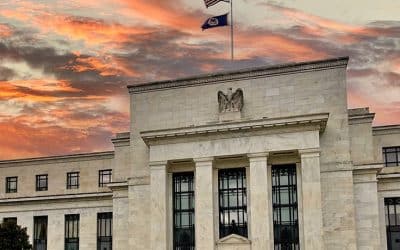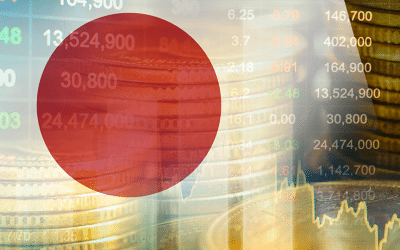Investing in Cycling: A Strategy for Endurance

Redacción Mapfre
José David López, Investment Manager at MAPFRE Colombia
Cycling is one of the world’s most grueling and physically demanding sports. In a three-week grand tour like the Tour de France, Giro d’Italia, or Vuelta a España, cyclists cover approximately 3,500 kilometers and climb 55,000 meters in total elevation in just 21 days. That’s equivalent to a straight-line journey from Bogota to Washington and climbing Mount Everest 6.2 times.
Each stage lasts between five and six hours, during which cyclists burn up to 8,000 calories a day and face whatever weather conditions the day throws at them. Stages include flat stretches, mountainous ascents, and descents where speeds can exceed 100 km/h. In short, cycling is a sport defined by relentless suffering, where cyclists push their bodies and minds to the limit.
But what relevance does cycling hold for investments?
It’s highly relevant, and we can draw valuable lessons from it! For instance, investments encounter various economic cycles: boom, recession, depression, and recovery, mirroring the stages of cycling (peak, descent, valley, and recovery).
- During the boom phase (peak), regions experience greater economic productivity, often with low central bank interest rates incentivizing borrowing. In this cycle, it’s prudent to consider investing in alternative assets, like raw materials. In cycling, the boom represents achieving your best performance after a long stage and reaching your objective.
- Recession (descent): Economically, a region enters a recession when it records two quarters of negative growth, accompanied by high inflation, high unemployment rates, and rising central bank interest rates. During this phase, it’s advisable to invest in safe-haven assets like gold and the dollar, while increasing liquidity. In cycling, descents symbolize moments of fear or uncertainty due to the potential for high-speed crashes if a wrong move is made in a curve.
- Depression (valley) marks the nadir of the economic cycle, characterized by minimal productivity and often termed a “crisis”. During this phase, it’s recommended to invest in liquidity to prepare for the final stage, as it presents significant opportunities in most financial assets at greatly reduced prices. In cycling, these are moments when your body fails to respond, leaving you feeling depleted, known as “hitting the wall”. Your mind is engulfed in a tide of negative emotions, and you must summon mental and physical resilience to stay focused on your goal.
- Recovery is a phase of economic growth marked by central banks lowering interest rates, inflation control, and improved productivity and employment figures. During this cycle, it’s advisable to invest in longer-term fixed-income assets such as bonds and sovereign securities, as well as in equities. In cycling, after feeling weakened, there comes a resurgence—both mentally and physically. Strength and confidence return, and all pain is forgotten as you focus solely on reaching the finish line.
Investing, like cycling, is a long-haul endeavor that teaches us the importance of having a long-term investment horizon. So, you need the resilience of a cyclist to ride out market volatility, both ups and downs.
Cycling teaches us the value of perseverance and the courage required in both investments and decision-making processes. So, it’s crucial to have a predefined strategy and trust in a team of experts to guide you towards your goal. In cycling, each team comprises eight members who support and assist one rider, known as “the leader” or “the capo”, to victory. These are the “domestiques”, tasked with protecting the leader throughout the stage and assessing the risks they can take. MAPFRE can be your ultimate domestique, accompanying, protecting, and guiding you towards your finish line.



